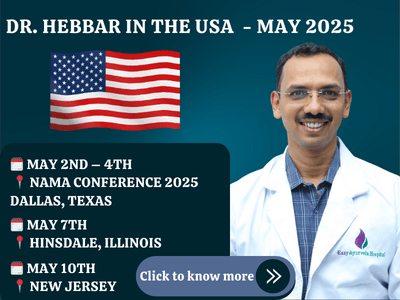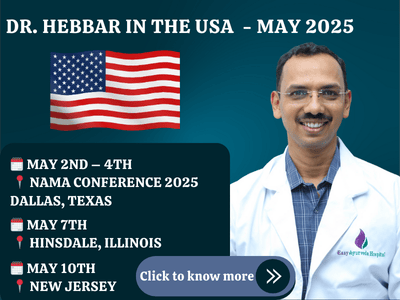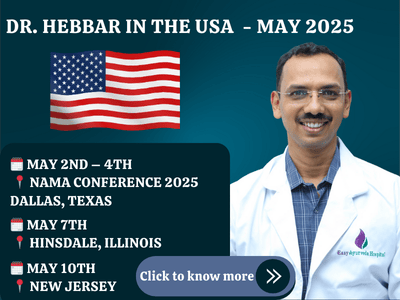Dale E. Bredesen, M.D. is an acclaimed neuroscience researcher and Singleton Chair in Neurology at the Pacific Neuroscience Institute. He is the author of best-seller The End of Alzheimer’s.
Imagine your health as a roof with 36 potential leaks, each representing a facet of Alzheimer’s disease. Now, if you could address these issues, would you patch just one leak or tackle several simultaneously?
Singleton Chair in Neurology, Dr. Dale Bredesen, has developed a precision medicine approach to the treatment of Alzheimer’s disease, that includes prevention and brain optimization programs. Unlike the singular-drug approach, Dr. Bredesen’s approach recognizes that Alzheimer’s demands a comprehensive strategy, much like fixing multiple holes in a roof. Instead of focusing on a single solution, his protocol targets various aspects simultaneously.
Similar to how patching 5-10 leaks would prove more effective than fixing just one, Dr.Bredesen’s approach addresses the multifaceted nature of Alzheimer’s, offering a promising path toward combating cognitive decline.
The Bredesen Protocol takes into account 36 factors that trigger “downsizing in the brain”.
 History’s Dark Ages ended nearly 600 years ago, with the fall of Constantinople. However, the Dark Ages of Alzheimer’s research and therapy are only now beginning to wind down, and we still hear repeatedly that there is “no effective treatment for Alzheimer’s.”
History’s Dark Ages ended nearly 600 years ago, with the fall of Constantinople. However, the Dark Ages of Alzheimer’s research and therapy are only now beginning to wind down, and we still hear repeatedly that there is “no effective treatment for Alzheimer’s.”
There have now been over 400 failed clinical trials, costing billions and creating a feeling of hopelessness for many; recently the FDA approved a drug that does not improve or even stabilize cognition, but instead slows decline minimally (only 11% in women, and not at all in those with ApoE 4/4, the high-risk group), while causing severe side effects such as brain swelling and microhemorrhage; experts recommend against the evaluation of genetic risk such as apolipoprotein E (with ApoE4 being the high-risk allele, ApoE3 neutral, and ApoE2 the low-risk allele) “because nothing can be done;” and development continues on single pharmaceuticals that fail to target the actual drivers of the cognitive decline. As science writer Linda Marsa has said, “I don’t think we have ever seen a failure of scientific research on this massive a scale.”
This lack of progress is the reason that 45 million of the currently living Americans are predicted to die of Alzheimer’s if successful prevention and treatment are not discovered. We are all long past due for a breath of fresh air.

 Thankfully, now, over a century after Dr. Alzheimer described the disease that bears his name, there are finally exciting developments that are ushering in a new era, one of realistic hope for well-being —truly a Golden Age of Alzheimer’s:
Thankfully, now, over a century after Dr. Alzheimer described the disease that bears his name, there are finally exciting developments that are ushering in a new era, one of realistic hope for well-being —truly a Golden Age of Alzheimer’s:
We Can Find It Early
For the first time, blood tests are available that will allow all of us to “see it coming” so that we can identify early changes, which may occur as early as the 20s or 30s, and undergo successful treatment. These tests include p-tau 217, p-tau 181, NfL (neurofilament light), GFAP (glial fibrillary acidic protein), and Abeta 42:40 ratio.
Treatment Is Available
For the first time, multiple clinical trials have shown improvements in cognition in patients with Alzheimer’s. Furthermore, a new randomized, controlled trial is now in full swing at six sites around the country.
Treatment Is Getting Results
For the first time, sustained cognitive improvements for over a decade have been documented, and a manuscript describing these sustained improvements is currently in press.
New Drugs Are Always Being Tested
For the first time, it is feasible to combine effective personalized treatment with new targeted pharmaceutical candidates, creating the potential for enhanced outcomes.
Dedicated Research Is Growing
For the first time, there is a precision brain health program for neurodegenerative diseases—from Alzheimer’s to Lewy body dementia to macular degeneration to ALS and well-being —which is being established at the Pacific Neuroscience Institute in Los Angeles.
Education (And Prevention) Is Gaining TractioN
For the first time, there are communities in which, instead of focusing on dealing with inevitable decline, information on effective prevention and reversal of decline is shared widely—Dr. David Perlmutter’s site, Apollo Health, and ApoE4.Info are three excellent examples.
This is truly the dawn of a golden era: thanks to the many individuals and families whose courage, diligence, and open-mindedness have fostered these advances, we are all witnessing the transformation of neurodegenerative diseases from hopeless to preventable, reversible, and ultimately optional.
Share the post “Are We Entering the Golden Age of Alzheimer’s Research? Insights with Dr. Bredesen”











